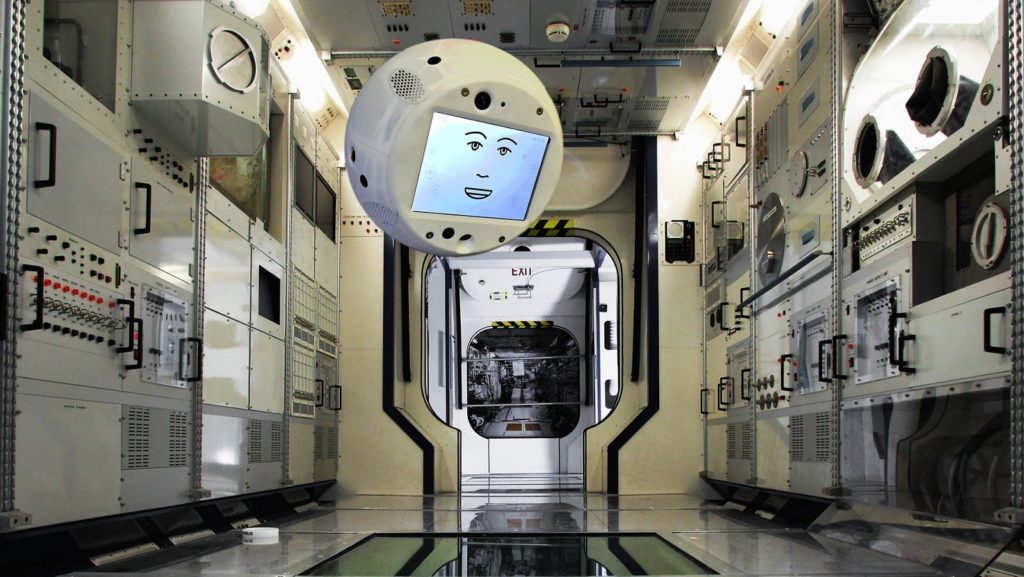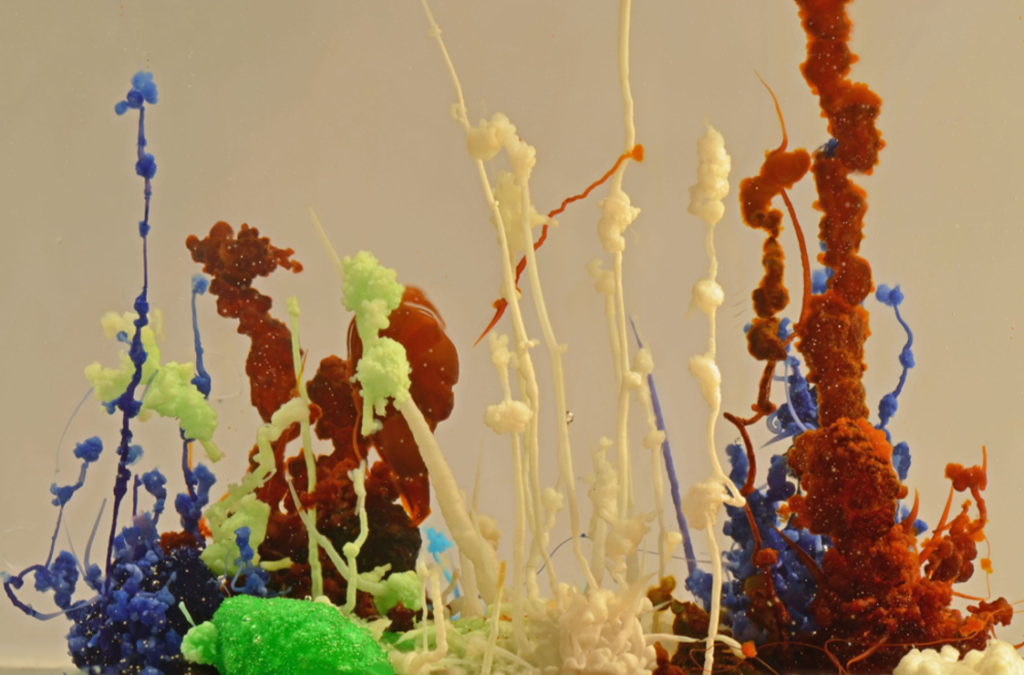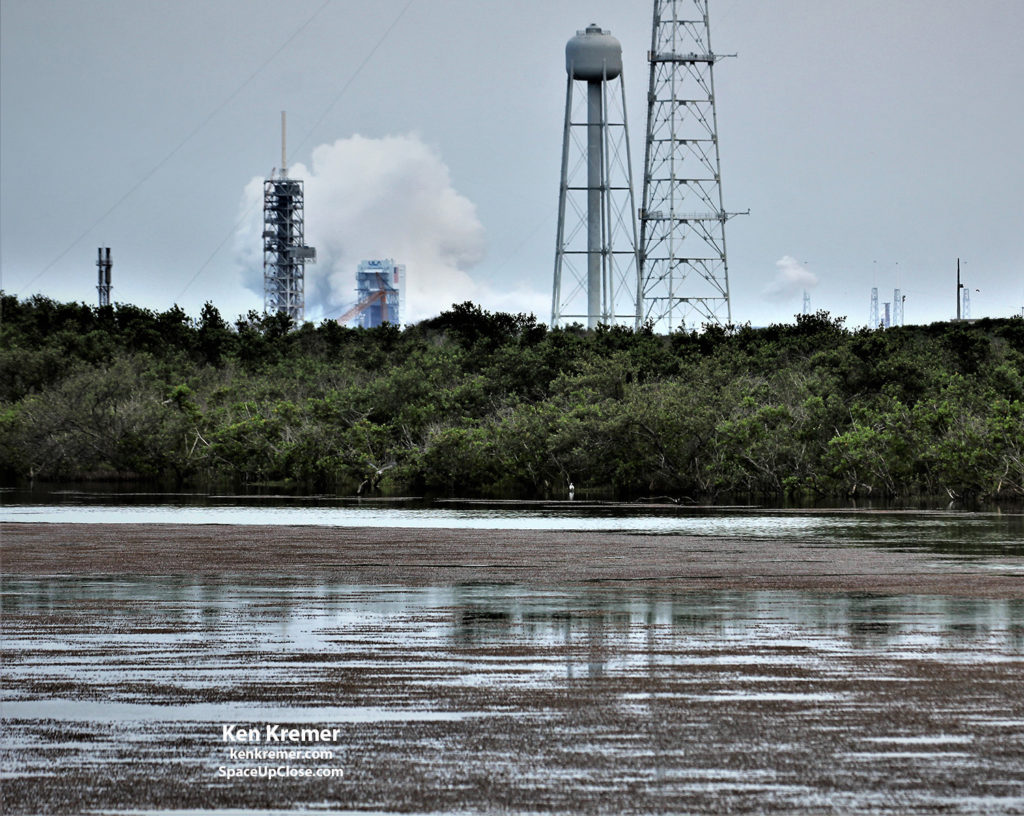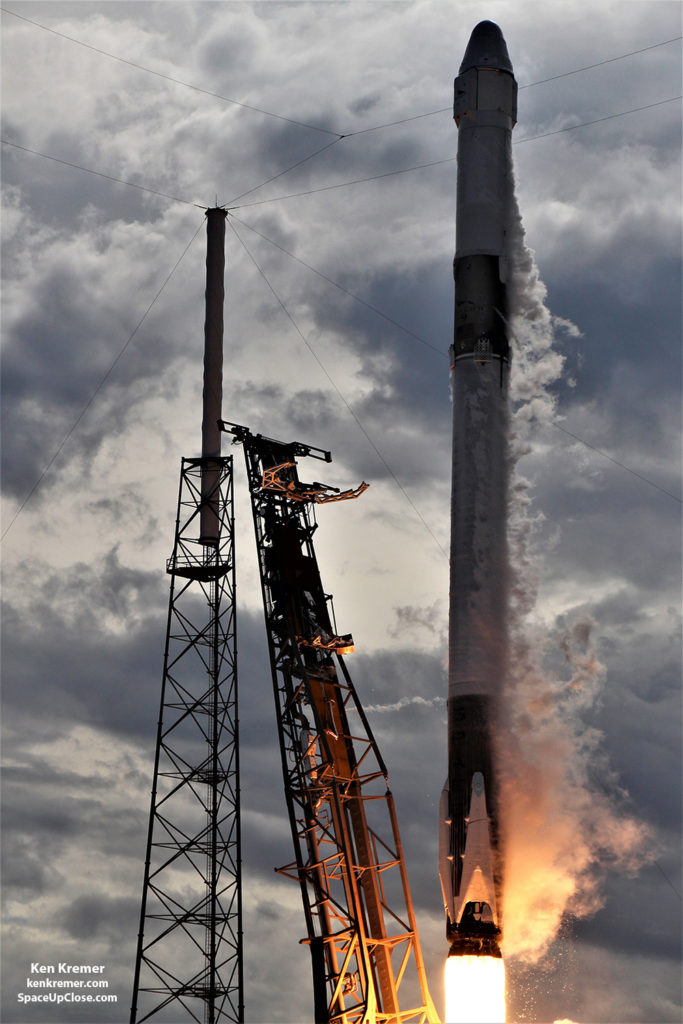Ken Kremer — SpaceUpClose.com — 27 June 2018
CAPE CANAVERAL,
FL – 3 tons of science experiments
covering a wide range of science disciplines
are flying to the International Space Station (ISS) aboard a recycled
SpaceX Falcon 9 rocket and Dragon spacecraft on a NASA contracted resupply
mission launching later this week from the Florida Space Coast.
Blastoff of the ‘used’ SpaceX Falcon 9 and ‘used’ Dragon
CRS-15 commercial cargo freighter is now slated for dawn
Friday, June
29 at 5:42 a.m. EDT (0942 GMT) from seaside
Space Launch Complex-40 (SLC-40) at Cape
Canaveral Air Force Station in Florida.
Dragon CRS-15 is
loaded with nearly 3 tons of science and supplies for the six person crew
aboard the ISS.
The 20-foot
high, 12-foot-diameter Dragon CRS-15 vessel is jam packed with more than 5,900 pounds (about 2,700 kilograms) of science
experiments, research hardware, space parts, food water, clothing and more
supplies for the six person Expedition 56 crew.
This is the 15th SpaceX resupply mission
launched under the original commercial resupply contract (CRS) with NASA.
The spacecraft will deliver almost 6000 pounds
of supplies and science that studies the use of artificial intelligence, plant
water use all over the planet, gut health in space, more efficient drug development
and the formation of inorganic structures without the influence
of Earth’s gravity, according to NASA.
One of the key technology demonstration
experiments involves artificial intelligence and is known as CIMON, which
stands for Crew Interactive Mobile CompanioN.
CIMON is the size of a medicine ball
sized and functions as a free flying mobile and autonomous assistance system
designed to aid astronauts with their everyday tasks on the ISS by using Watson AI technology from the IBM cloud.
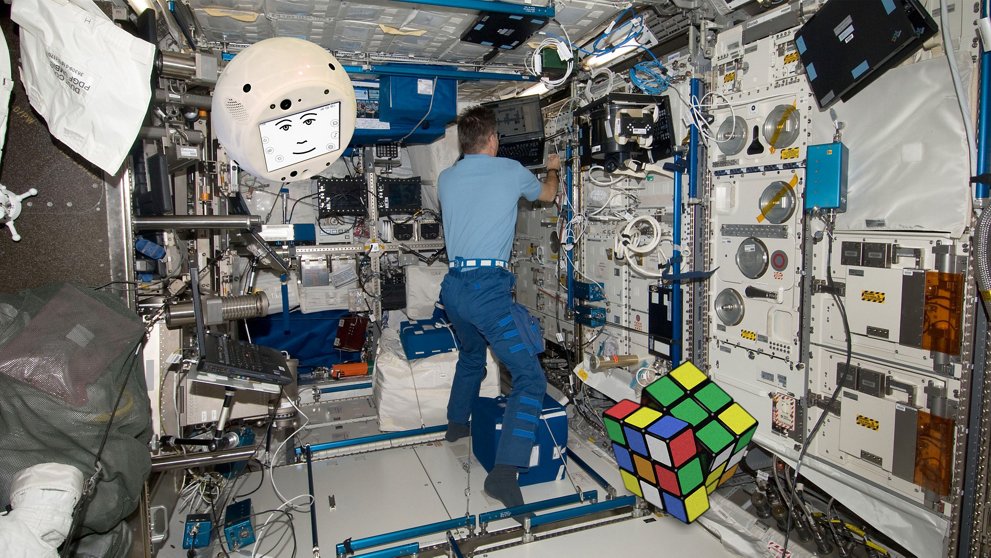 |
|
One of CIMON´s
exercises on the International Space Station ISS will involve a Rubik´s Cube. Credit: DLR |
ESA astronaut Alexander Gerst from
Germany will work with CIMON to test its capabilities on the ISS.
CIMON is significant in being the
first form of Artificial Intelligence (AI) on the space station. It
was developed by prime contractor Airbus (Friedrichshafen/Bremen, Germany) in cooperation
with DLR, the German Aerospace Center.
“AI-based technology
is about constantly understanding, reasoning and learning, so CIMON is designed
to assist and to create a feeling of talking to a crew mate”, says DLR.
CIMON has the ability to learn and offer solutions to problems. It it equipped
with a face and voice uses artificial intelligence to becomes a genuine
‘colleague’ on board, says DLR.
The chemical garden experiment will grow colorful inorganic
chemical structures in microgravity.
of metal salt solutions with silicates, carbonates or other selected anions.
Their growth characteristics and attractive final shapes form from a complex
interplay between reaction-diffusion processes and self-organization.”
Also as part of CRS-15 and under the CRS contract, the Dragon spacecraft
“will haul approximately 300 kilograms of research and hardware facilities under the
ISS U.S. National Laboratory flight allocation” said the Center for
the Advancement of Science in Space (CASIS) which manages the ISS National Lab for
NASA.
this short video for a description of the CASIS research flying aboard CRS-15:
SpaceX CRS-15 Science Overview: The
SpaceX CRS-15 commercial resupply mission to the International Space Station
will send new research and hardware, sponsored by the ISS National Laboratory and
managed by the Center for the Advancement of Science in Space (CASIS), to our
orbital laboratory. From cancer therapeutics to student research, learn more
the science launching on this mission. Credit: NASA/CASIS
“Among the many research
investigations destined for the ISS National Lab, one experiment from the University
of Florida is evaluating domesticated algae strains, which will be cultivated in space to explore
beneficial genetic changes. The research team will sequence the algae’s genomes
to identify growth-related genes – setting the foundation for the production of
biomass feedstocks, recycling carbon dioxide, and improving plant-biology
gene-editing technologies. There are also more than 35 student experiments as
part of this mission, developed by partners such as the Student Spaceflights Experiment
Program (in coordination with education partner DreamUp and hardware partner
NanoRacks) and Go
For Launch! (in coordination with hardware partner Space Tango). These
student experiments span multiple scientific topics, ranging from the
adaptation of bees on station to the evaluation of kidney stones in microgravity. Additionally, the Multiple User System for Earth Sensing platform (managed by
Teledyne Brown),
designed to enhance imaging capabilities from station, will host its first instrument on this mission.”
“As part of this
mission, there are multiple payloads funded through outside organizations that
are destined for station. Through a joint CASIS and National
Science Foundation partnership, researchers from University
of California-Santa Barbara will evaluate forces between particles that cluster together such as
sediments of quartz and clay particles, which could play an important role in
technological efforts related to deep sea hydrocarbon drilling and
sequestration. Additionally, startup company Angiex (funded in part by Boeing
through the MassChallenge Startup Accelerator) has developed
a cancer therapy that regresses tumor cells in
model organisms. As part of this mission, Angiex will culture endothelial cells
in microgravity, which could create an important model system for evaluating
the action of any vascular-targeted drug. Use of this model may enable the
development of a novel therapy with lower toxicity and the potential to be
effective against most cancers.”
“This launch represents
the incredible amount of diversity that resides within the ISS National Lab
project portfolio,” said CASIS Interim Chief Operating Officer Warren Bates.
“The breadth of experimentation on this mission showcases the capabilities of
station and equally demonstrates the desire by outside funding entities and
agencies to invest in research on this incredible learning platform.”
One of the last
hurdles to launch was cleared this past Saturday, June 23 when the SpaceX team
successfully ignited all nine Merlin 1D first stage engines for a brief firing
lasting several seconds in duration of the recycled Falcon 9 vehicle at 5:30
p.m. EDT on pad 40 at Cape Canaveral, FL.
Check out my
exclusive Space UpClose photos capturing the test firing, water spout and wild
weather this Saturday afternoon, June 23.
the positive test outcome by tweet soon thereafter.
complete—targeting June 29 launch from Pad 40 in Florida for Dragon’s fifteenth
mission to the @Space_Station” SpaceX tweeted.
and Dragon cargo ship are recycled from earlier missions. The Falcon 9 booster
recently launched NASA’s TESS exoplanet hunter – barely 2 months ago – and the
Dragon flew on the CRS-9 cargo delivery mission, 2 years ago.
flight-proven,” said SpaceX.
version of the Falcon 9 booster which is being discontinued in favor of the
Block 5. The firm is rapidly switching over to the new Block 5 version first
launched in May.
easier to turnaround with minimal maintenance, says SpaceX CEO Elon Musk. His
goal is to relaunch a recovered Block 5 a second time within 24 hours by
sometime next year.
on July 2 for a month long stay.
from pad 40.
CRS-15 marks the 12th flight overall for SpaceX
in 2018 and the 2nd ISS resupply mission for NASA in 2018.
Boeing, Lockheed Martin, Orbital ATK and more space and mission reports direct
from the Kennedy Space Center, Cape Canaveral Air Force Station, Florida and
Wallops Flight Facility, Virginia.
Stay tuned here for Ken’s continuing Earth and Planetary science and human
spaceflight news: www.kenkremer.com
–www.spaceupclose.com – twitter @ken_kremer – email: ken at kenkremer.com
SpaceX Falcon 9/CRS-15 launch to ISS, SES-12 comsat launch, Falcon Heavy, TESS, GOES-S, Bangabandhu-1,
NASA missions, ULA Atlas & Delta launches, SpySats and more at Ken’s
upcoming outreach events at Kennedy Space Center Quality Inn, Titusville, FL,
evenings:
28/29: “SpaceX Dragon
CRS-15 resupply launch to ISS, SpaceX Falcon Heavy & Falcon 9 launches, SpaceX
SES-12 comsat. ULA Atlas USAF SBIRS GEO 4 missile warning satellite, SpaceX
GovSat-1, CRS-14 resupply launches to the ISS, NRO & USAF Spysats, SLS,
Orion, Boeing and SpaceX Commercial crew capsules, OSIRIS-Rex, Juno at Jupiter,
InSight Mars lander, Curiosity and Opportunity explore Mars, NH at Pluto and
more,” Kennedy Space Center Quality Inn, Titusville, FL, evenings. Photos for sale


